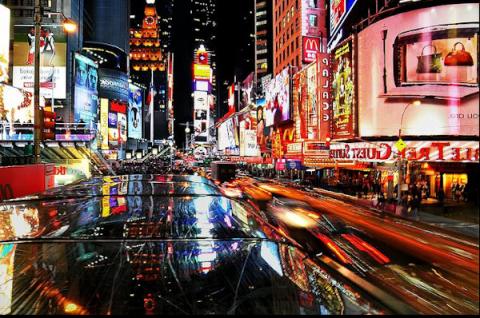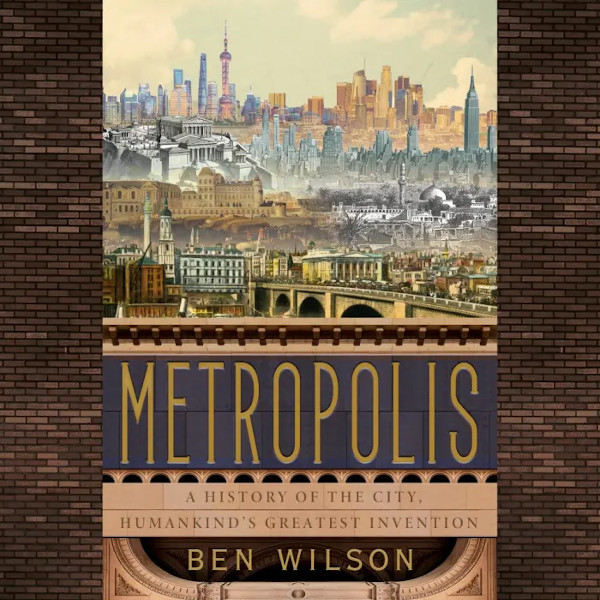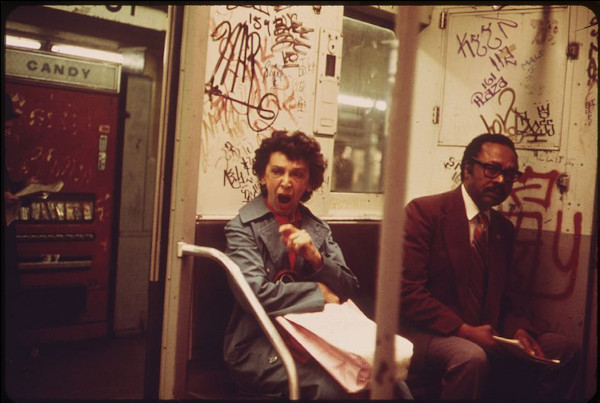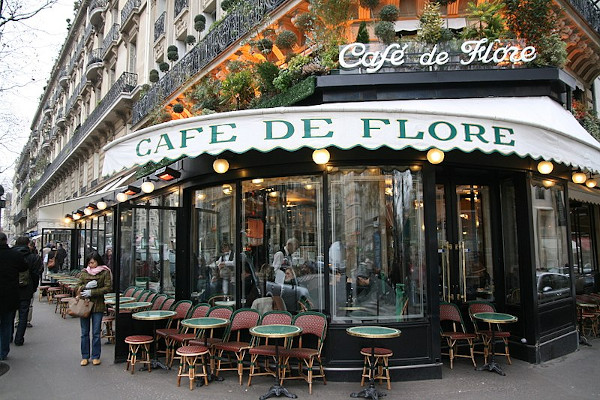Celebrating the Theater of the Streets in Ben Wilson’s ‘Metropolis’

Metropolis: A History of the City, Mankind’s Greatest Invention
By Ben Wilson
Doubleday
442 pages
In Metropolis, author Ben Wilson sets an enormously challenging goal for himself: Come up with a handful of great world cities, describe their origins stretching back as far as 5000 B.C., and justify, often at considerable length, why these urban centers constitute “mankind’s greatest invention.”
How do you do it? Start by cataloguing some mindboggling statistics:
Since the turn of the century, skyscraper construction around the world has jumped 402 percent.
Two-thirds of the global population will reside in cities by 2050.

By 2025, nearly 450 cities will take up half of the worldwide gross domestic product.
“When we talk about ‘the metropolis’ in the twenty-first century,” Wilson writes, “we are not talking about the central business district of Manhattan or central Tokyo … but of vast interconnected regions where cities melt into other cities.” He confidently predicts this trend will continue throughout the rest of this century and beyond.
At one level, Metropolis consists of a close examination of key cities throughout history. These include Athens, Rome, Baghdad, Lisbon, London, Paris, New York, and Lagos. Within this city-by-city march through the historical record, Wilson exploits the enormity of his subject matter to range far and wide in ancillary (often colorful) detail.

This book is not “just about grand buildings or urban planning,” but also “about the people who settled in cities and the ways they found to cope with and survive the pressure-cooker of urban life.” Wilson is most interested in seeking out the “connective tissue” that holds cities together, rather than merely their “outward appearance or vital organs.”
To that end, the reader is bombarded with ever-widening circles of explication. After all, when you set out to write a book about cities, it’s not unreasonable that you’ll also explore birth, death, food, sex, war, and so on. All of these life-defining topics occur within the confines of both ancient and modern cities, and Wilson roams freely in these and related areas throughout the book.
This scattershot approach to time and place will likely appeal to some readers more than others. But there’s no disputing the fact that Wilson has mastered a gargantuan sweep of knowledge, doing an impressive job of communicating this knowledge to those who pick up his book.
Late in Metropolis, as just one example among many, Wilson details what life in an urban environment has done to alter animal behavior:
“The challenge of the human-made environment forces animals to learn new problem-solving behaviors … A crow in the Japanese city of Sendai learnt, at some point in the 1980s, that the wheels of a slow-moving car are ideal for cracking walnuts … In Vienna spiders that overcame their preference of the dark and wove webs in sections of a bridge illuminated by fluorescent tubes caught four times more prey [and] a study of small urbanized mammals such as shrews, voles, bats and squirrels found they had bigger brain sizes, much like the brains of London cab drivers, who have greater grey matter in the posterior hippocampus as a result of years spent navigating the complex city labyrinth.”

Inevitably, perhaps, readers may wonder what other cities and timeframes Wilson might have chosen for exploration. Why not Berlin in the 1920s? Or New York City in the 1970s? It’s a measure of the author’s success that we want to learn more about how other cities functioned, particularly when under the stress of, say, the tumultuous Weimar Republic, or the reaction among New Yorkers when then-President Gerald Ford famously told the city to (as summarized by popular media), “Drop dead.”
Above all else, Metropolis is a celebration of “the constantly unfolding theater of the streets.” In cities (before, and presumably after, the COVID-19 global pandemic), citizens delight in chance encounters, socializing in taverns and village cafés, and taking part in local and regional holiday events. Wilson’s enthusiasm for what ancient and modern cities have done for civilization is infectious, as is his magpie approach to various subjects under discussion.
This is an ambitious, occasionally exhausting work, but impeccably crafted and of obvious value as we slowly resume what was once called “normal life” in urban centers and beyond.
Author Bio:
Lee Polevoi, Highbrow Magazine’s chief book critic, recently completed a new novel, The Confessions of Gabriel Ash.
For Highbrow Magazine
Image Sources:
--Erik Calonius (National Archives, Wikimedia, Creative Commons)
--Pikist (Creative Commons)
--Ayustety (Wikimedia, Creative Commons)
--Doubleday






























































































































































































































































































































